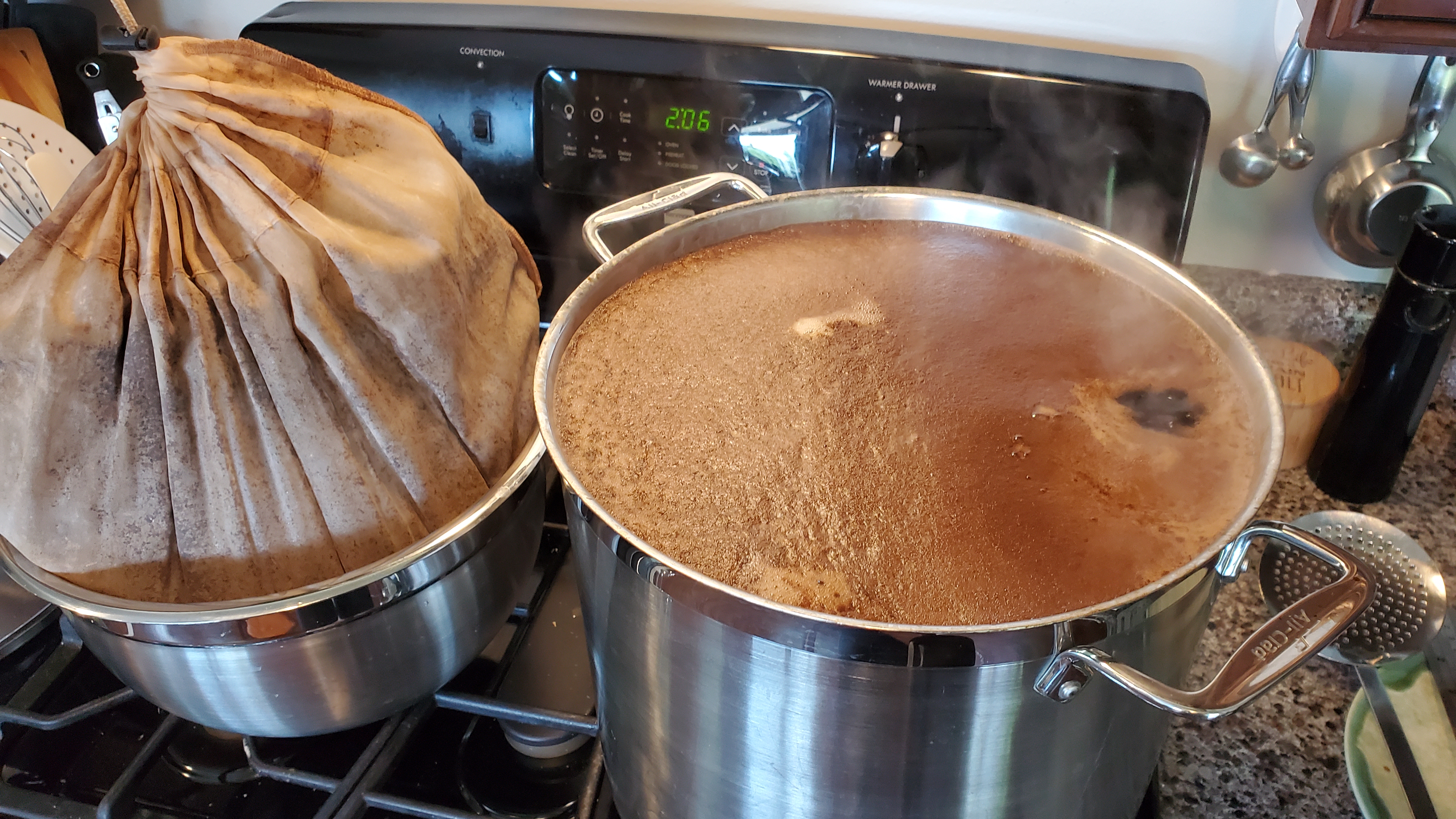jambop
Well-Known Member
Hi again
I am just getting me thoughts together on my first brew after a long time off. I do not really have the equipment to do a full brew but I do have two kettles available. One at 11L and the other at 8L . So my recipe calls for a total grain bill of 2.8 kg and I have read in a brewing book by John Palmer that the min ration for water to grain is lL/500g which then equates to 1.325L . My thought is to try and mash in the small kettle and then use the big one to dunk the grains into to batch sparge. The volume of the mash would by math be about 7.2L which is getting on the limit of the kettle. So question is would this be the best method to do the job assuming the author of the article is correct and also my math ?
I am just getting me thoughts together on my first brew after a long time off. I do not really have the equipment to do a full brew but I do have two kettles available. One at 11L and the other at 8L . So my recipe calls for a total grain bill of 2.8 kg and I have read in a brewing book by John Palmer that the min ration for water to grain is lL/500g which then equates to 1.325L . My thought is to try and mash in the small kettle and then use the big one to dunk the grains into to batch sparge. The volume of the mash would by math be about 7.2L which is getting on the limit of the kettle. So question is would this be the best method to do the job assuming the author of the article is correct and also my math ?







![Craft A Brew - Safale S-04 Dry Yeast - Fermentis - English Ale Dry Yeast - For English and American Ales and Hard Apple Ciders - Ingredients for Home Brewing - Beer Making Supplies - [1 Pack]](https://m.media-amazon.com/images/I/41fVGNh6JfL._SL500_.jpg)



















































